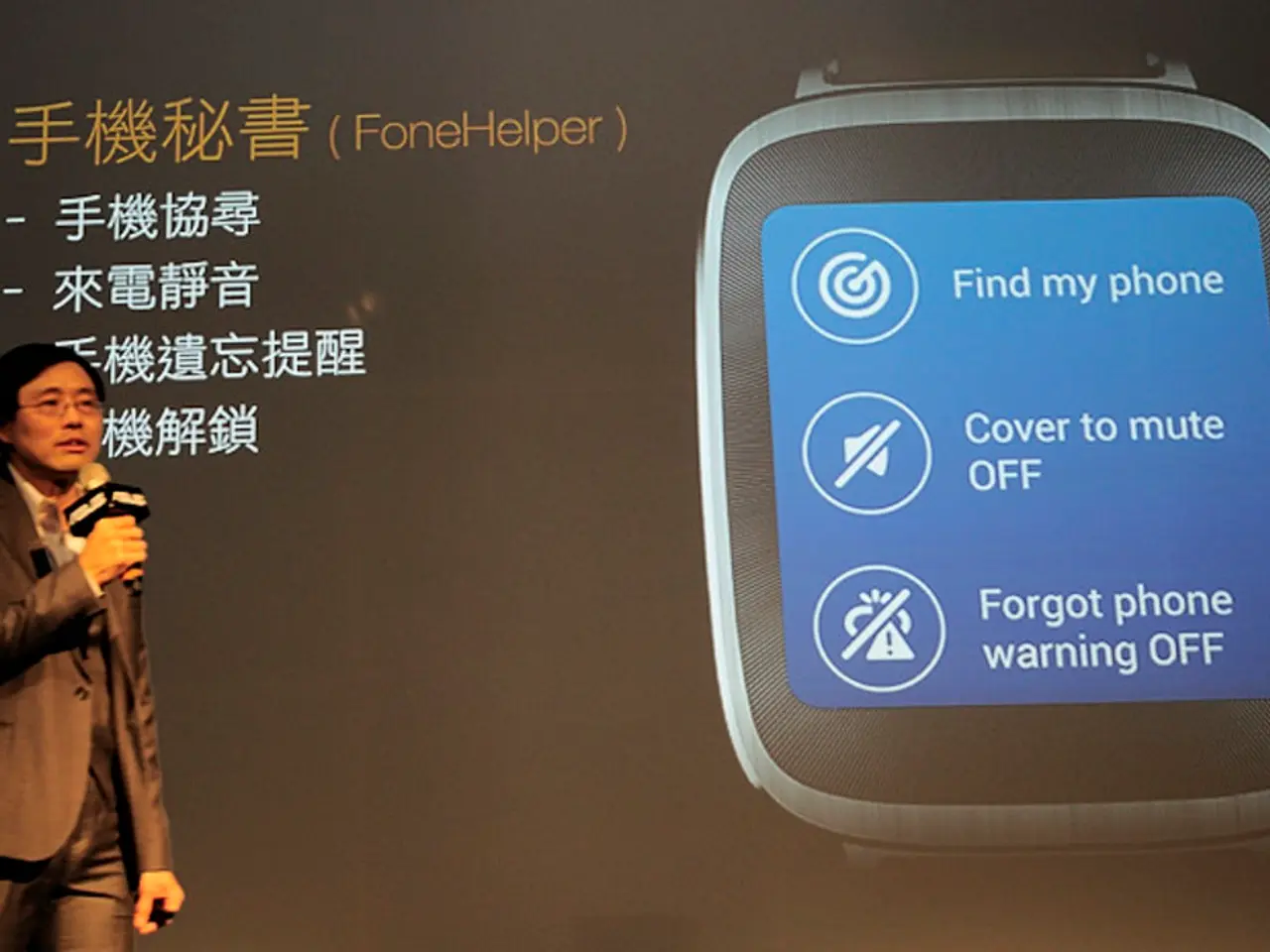Improving User Interface and User Experience in Healthcare: Boosting Patient Participation and Interaction
In the realm of healthcare, the focus on user experience (UX) and interface design (UI) is increasingly important as we strive to improve patient outcomes, enhance user engagement, and boost operational efficiency. The current trends and best practices in healthcare UI/UX design are marked by innovative, patient-centered, and technology-driven approaches.
### Key Trends in Healthcare UI/UX Design for 2025
1. **AI-Powered Personalization and Adaptive Interfaces**: Artificial Intelligence (AI) is revolutionizing healthcare UI/UX by enabling real-time customization of interfaces based on user behavior and needs. This results in more intuitive navigation and personalized patient experiences, which help patients feel understood and supported. AI assistants and chatbots also facilitate quicker, smarter interactions, reducing friction in care delivery and improving patient engagement.
2. **Telemedicine and Remote Care Integration**: Telemedicine continues to be a cornerstone trend, bridging the gap between patients and caregivers. Well-designed telehealth interfaces streamline appointments, monitor patients remotely, and enhance communication channels to improve access to care and adherence to treatment plans.
3. **Voice-Enabled and Gesture-Based Interfaces**: Voice User Interfaces (VUIs) allow hands-free navigation, which is particularly useful for patients with limited mobility or for clinicians needing efficiency during consultations. Gesture controls further enable natural interactions with healthcare applications, making digital tools more accessible.
4. **Human-Centered and Inclusive Design**: Designing for diverse users—including patients with disabilities, elderly users, and non-tech-savvy individuals—is critical. Adherence to accessibility standards like WCAG ensures interfaces accommodate all users, reducing medical errors linked to usability issues.
5. **Immersive and Spatial 3D Design**: Incorporating 3D and spatial design elements can enhance visualization of complex medical data, anatomy, or treatment plans, improving patient understanding and clinician decision-making.
6. **Cross-Platform and Adaptive Experiences**: Patients and healthcare providers use multiple devices (smartphones, tablets, desktops). Ensuring seamless, consistent experiences across platforms enhances usability and engagement.
7. **Sustainability and Ethical Data Use**: Growing emphasis on data privacy compliance (HIPAA, GDPR) and ethical AI use is central to trustworthy healthcare design. Transparent design practices build patient trust while safeguarding sensitive information.
### Best Practices to Improve Patient Outcomes, Engagement, and Efficiency
- **Comprehensive UX Research**: Conducting in-depth user research to understand the unique needs of patients, doctors, and caregivers ensures that design decisions directly support health outcomes and reduce errors.
- **Simplified and Intuitive Workflows**: Streamlining user journeys minimizes confusion and cognitive load, critical in healthcare where errors can have serious consequences.
- **Personalization and Predictive Design**: Leveraging AI to anticipate user needs and personalize content helps maintain engagement and supports proactive health management.
- **Accessibility Focus**: Complying with accessibility guidelines and testing with real users ensures inclusivity, reducing barriers to care for vulnerable populations.
- **Integration of Telehealth and IoT**: Designing interfaces that connect telemedicine features with IoT devices (wearables, home monitoring) aids continuous patient monitoring and timely interventions.
- **Continuous Feedback and Iteration**: Using analytics and patient feedback loops to iteratively refine UI/UX ensures the product evolves to meet changing needs and maintains high satisfaction.
In summary, the fusion of AI-driven personalization, human-centered inclusive design, telemedicine integration, and voice/gesture interfaces represents the cutting edge in healthcare UI/UX. These trends and best practices collectively enhance patient engagement, streamline clinical workflows, and ultimately improve health outcomes and system efficiency.
- The innovative fusion of Art and Design in the realm of healthcare UI/UX design will contribute to creating inspiring and engaging patient experiences, adding a touch of aesthetics to the field of technology and medicine.
- The assimilation of AI-driven personalization in lifestyle and technology sectors could potentially offer insights into the future of healthcare, where individualized solutions are deeply rooted in the principles of architecture, catering to unique patient needs.
- In the broader context of technology-driven advancements and the evolving lifestyle, healthcare UI/UX design serves as a perfect intersection of art, architecture, and inspiration, striving to improve patient outcomes while aligning with ethical data usage and sustainable practices.




